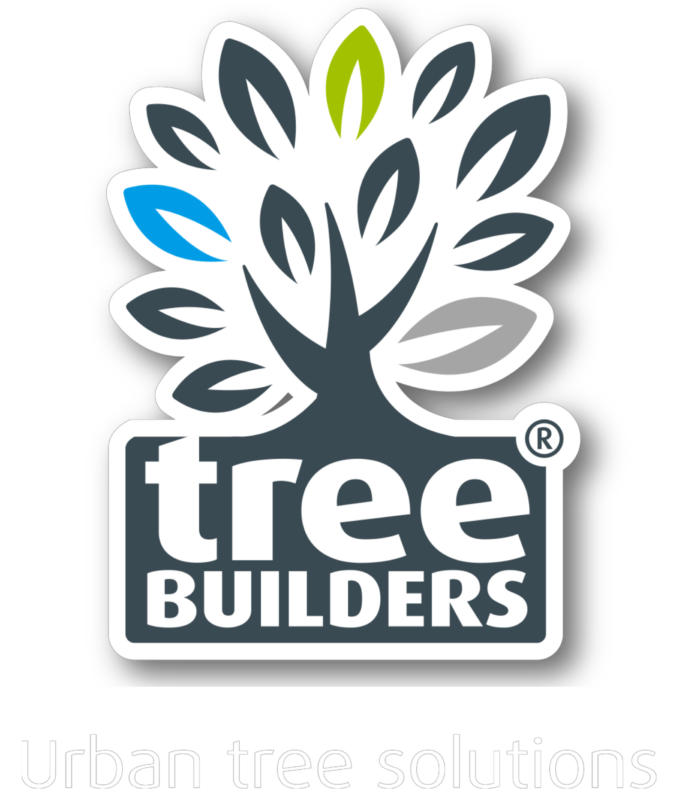We humans happily clean up tree leaves. We are therefore asked on a regular basis: ‘Is there enough organic compound when the leaves can no longer decompose in the soil in which the trees grow?’ This does not appear to be the case.
In many natural situations, such as in a forest, large amounts of tree leaf litter get absorbed into the soil. Due to our urge to clean, the fallen leaves cannot compensate for the loss of the organic compounds from the soil. But the proportion of organic material within the soil that comes from leaf waste is much lower than most people think.
Organic compounds: three sources
The total amount of organic compound in natural soil comes from three sources:
-Organic waste at the soil surface: leaf waste and animal excrement
-Dead organic matter in the soil: roots, soil life that’s dying and rotting
-Exudates: liquid carbohydrates that flow into the soil through root tips
Greater attention
In fact, the biggest contributors to organic compounds in the soil are fine tree roots and, more importantly, the mycorrhiza associated with tree roots. More attention for mycorrhiza, or rather the entire soil life, is therefore very important. Especially for trees surrounded by paving.
The influence of paving
Many trees in streets, parking areas and public squares in the city centre grow in small open tree pits (1.5 metre by 1.5 metre or even smaller) surrounded by paving. How does being covered by pavement influence organic compounds in the soil? The answer mostly depends on the extent to which the soil offers an ideal living environment for soil life. More importantly, how does the overlying pavement affect the root growth/mycorrhiza and other soil life?
Fast rotation coppice
Godbold et al (2006) studied the relationship between leaf waste, fine roots and fungi for carbon assimilation in organic compounds in the soil during three growing seasons in a poplar forest in Italy. The result is that 62 percent (and probably more) of the carbon in the organic matter level came from mycorrhiza. The explanation is that the fungal threads of the mycorrhiza have a very fast orbital speed of just nine days. Much faster than leaves, which are transformed once a year, and fine roots, which renew themselves about three times a year.
Fine roots and mycorrhiza
Fogel and Hunt (1982) also found that the contribution of organic material to the soil through fine roots and mycorrhiza was much higher than that of leaf litter. In their two-year study of a young Douglas fir forest in the Oregon coastal area, the contribution of organic matter to the soil through fine roots and mycorrhiza varied between 78 and 84 percent.
Organic matter content increases
Given the relative influences of fine roots and the associated mycorrhiza versus leaf waste on the formation of organic matter in the soil, how can we expect that paving will influence the release of organic material from trees to the soil? In many natural environments, such as forests, the organic matter content increases until the climax stage is reached. This also happens in places in nature where the leaves don’t accumulate (think of steep rock walls with trees).The organic matter content, however, will still increase here.
Experience with tree pit design
We must also look at experiences of successful growth space establishments in the urban environment in recent decades. The first growth site constructions were constructed at the end of the 1960s; tree bunkers in Boston (US) and Charlotte (US), among others. Here we see that the organic matter content has stabilised, with soil life flourishing. Less successful projects often show a low level of soil life, often with a decrease in organic matter content.
Leaf waste is not necessary
The conclusion is that leaf waste is not necessary to maintain the organic matter content. Everything indicates that soil life plays a key role in maintaining a healthy organic matter content beneath the pavement.


